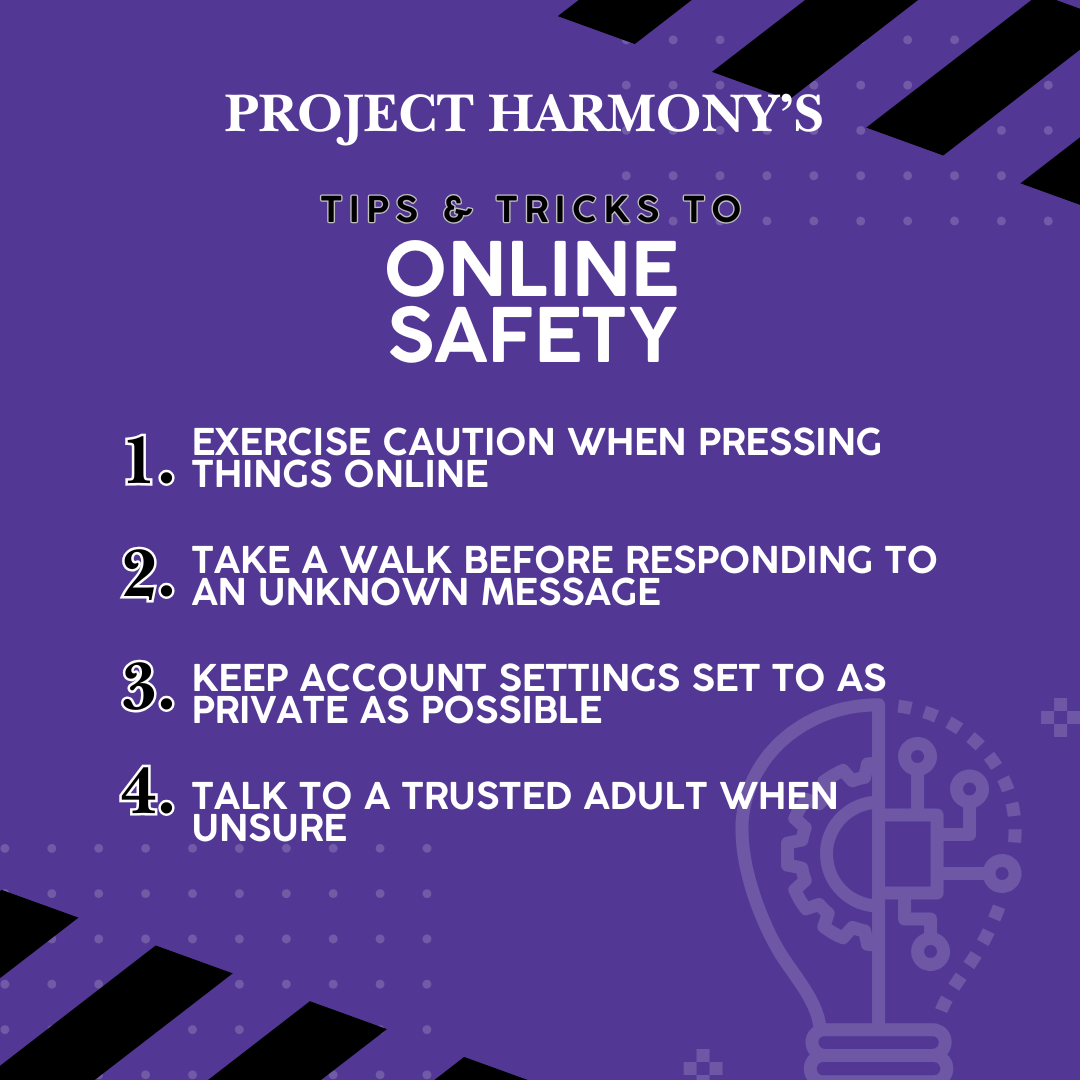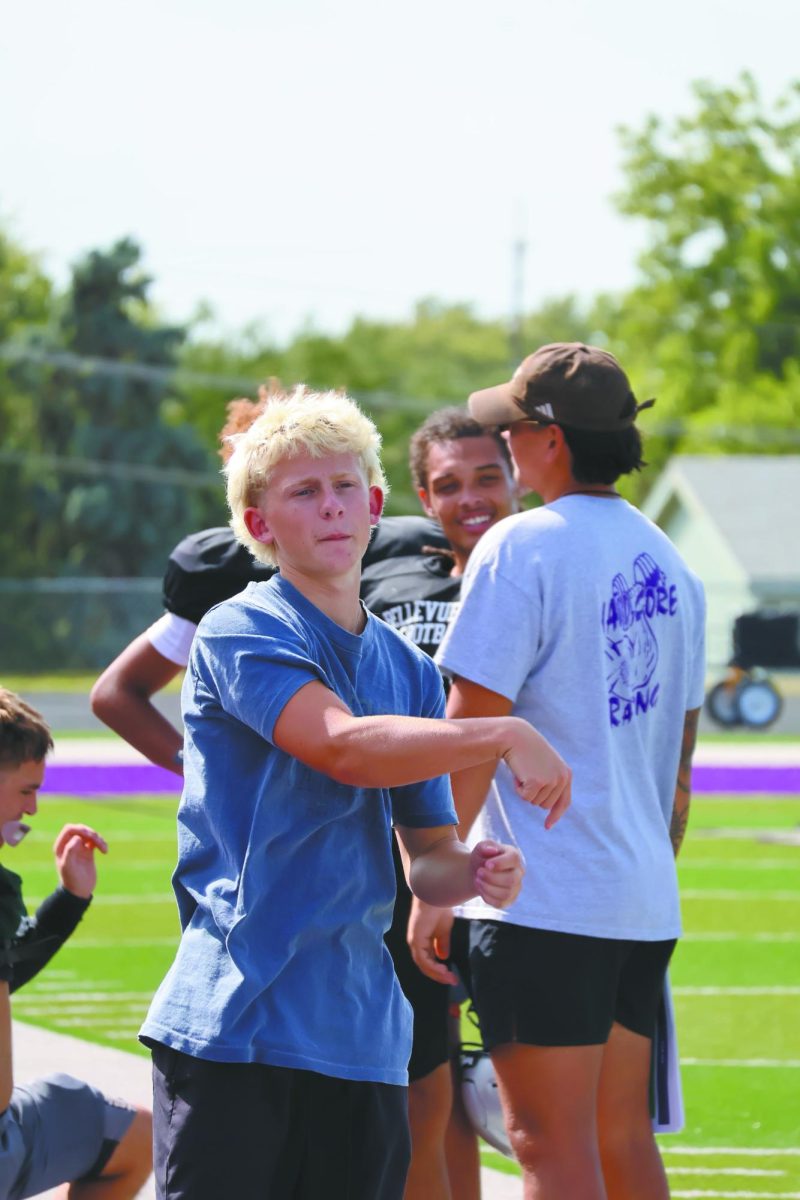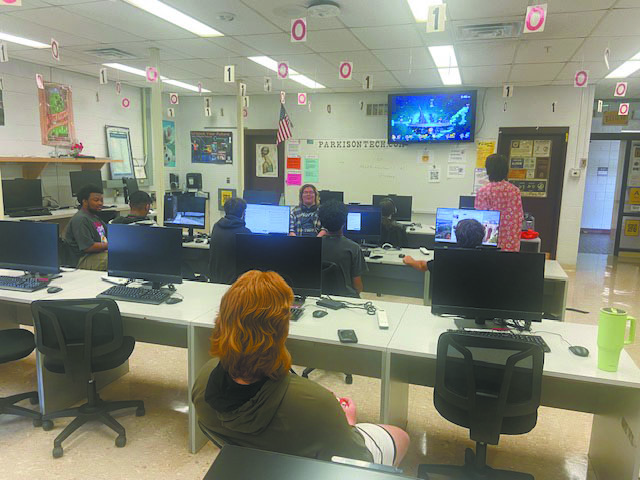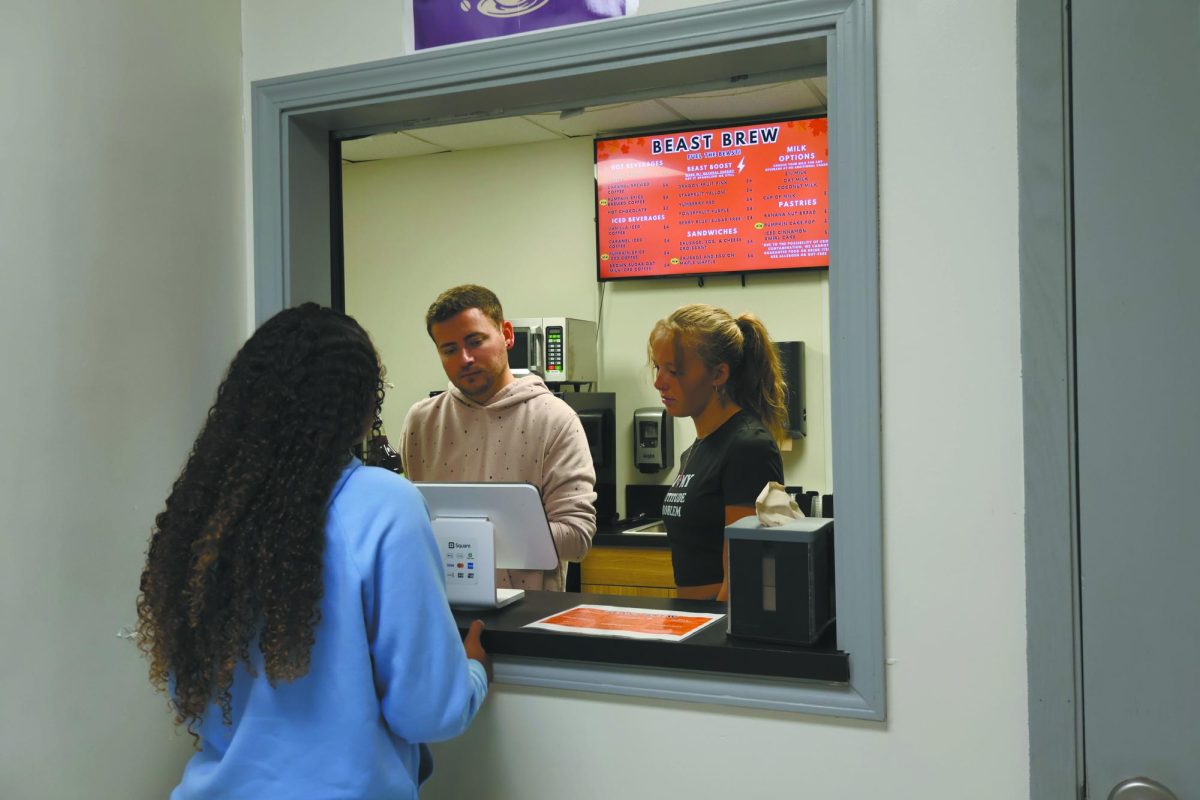The first iPhone was released in the summer of 2007, before most current high schoolers were born. This means that a solid amount of Gen Z grew up surrounded by technology. And now, the risks of being exposed to and interacting with the internet has increased since the creation of more technological features.
The popular social media platform Instagram recently released the “Maps” feature. This feature allows users to share their current, live locations with whomever they choose. For some, it creates a way for them to connect with their followers. But experts say that this is a very unsafe feature.
“It just gives greater accessibility to anybody that would do harm,” Rachel Culp of Project Harmony, a Nebraska organization dedicated to helping children get out of abusive environments, said. “If you’re posting what school you go to and what clubs you’re involved in, somebody can very easily go to a school website and find out information on when games are, when practices are, locations. You’re just making it that much more exposed if you’re sharing your location at all times.”
In Family Online Safety Institute’s (FOSI) 2025 Spring survey report, they found that 24% of children actively online felt they were unsafe when using the internet. Nearly double that percentage of parents say they felt unsafe with their teenagers online.
“Nobody should [feel safe],” junior Ava Carter said. “Regardless of how many precautions you take, there’s no real way to look at this from an objective perspective and say, ‘yeah, I’m safe,’ because that’s not true.
You could click one thing and your entire phone gets blown up or something.”
According to the American Academy of Child & Adolescent Psychiatry (AACAP), teens are online for nearly nine hours per day– not to say that’s their fault, Stanford writes that the platforms were curated to be addicting– but this becomes an issue when students are exposed to inappropriate content, or interact with other users with negative intentions.
“There’s definitely a huge rise in sextortion,” Culp said. “[A student] either shares intimate photos or somebody uses AI to distort a photo of them and then extorts them for either more images or money, we’re seeing a big rise. Especially to teenage boys.”
In 2022, the instant messaging and post viewing platform Snapchat caught fire for being a breeding ground for drug dealings. One of the biggest drugs on the platform is fentanyl.
“That is still a huge issue, people think they’re just ordering Hazanax or something to help with ADHD or whatever, and unfortunately people are selling these things illegally,” Culp said. “Then they end up being laced with fentanyl and many deaths are tied to that simply because somebody purchased it over Snapchat thinking it was one thing. You should only get prescription drugs from your physician.”
Aside from drug dealing, another online issue is cyberbullying. Instances of cyberbullying have always been an issue amongst teenage users. However, a new form of technology has made cyberbullying an even larger issue– AI tools. These tools can create images known as “deepfake images”. These are fake pieces of generated media that can make it seem like someone said or did something they never actually did. While it may have been easy to tell apart what was reality versus computer in the past, it isn’t so easy now.
“I think the point of it is that you’re not supposed to be able to tell,” Carter said. “It wouldn’t be so popular if you could.”
Bellevue East’s own deans not only help regulate student behavior in school, but also help students deal with instances of cyberbullying. Dean Charles Wright urges students to contact law enforcement if things are being said outside of school.
“If there’s things that occurred during the school day through the internet or social media, then we are able to address those immediately,” Wright said. “Where it gets tricky is when it’s outside of the school day. So say after school, if there’s something going on, then we have to be cautious because that’s not something that we can really address unless it’s brought into the school building.”
Despite all the dangers of being on the internet, it is still possible for students to remain safe online. Culp urges all users to use critical thinking and take a walk before responding to any unknown messages.
“Make sure that your privacy settings are as private as you can,” Culp said. “The number of followers you have is not going to keep you safe, you really need to keep your circles small. If anything sounds too good to be true, it absolutely is. Make sure you’re checking with somebody you trust.”







